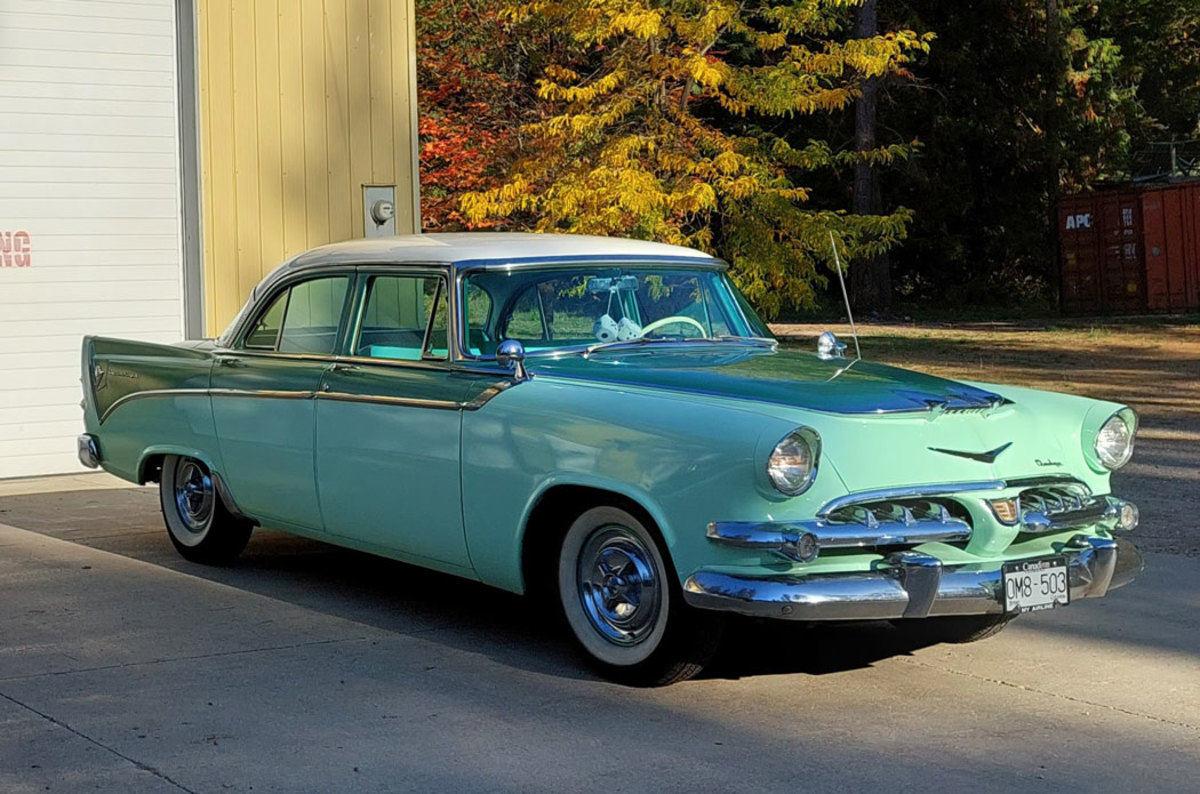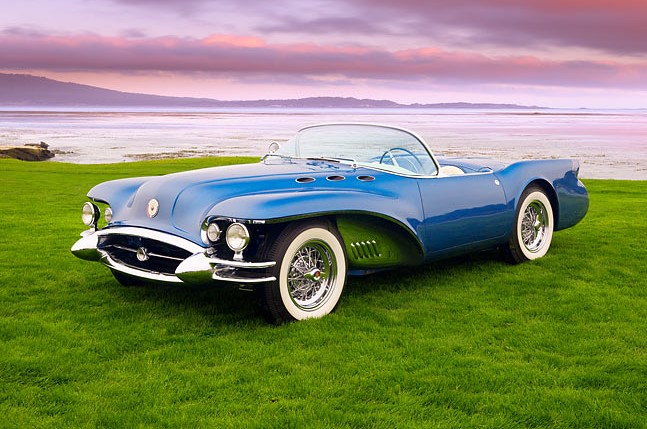In the mid-1970s, the American automotive landscape was undergoing significant changes. The oil crisis of 1973 had sent shockwaves through the industry, leading to a reevaluation of the large, gas-guzzling cars that had dominated American roads for decades. It was against this backdrop of shifting consumer preferences and environmental concerns that Cadillac, a brand synonymous with luxury and excess, introduced the 1975 Cadillac Seville. This compact luxury car represented a departure from the traditional Cadillac image and signaled a new era of American luxury. In this comprehensive exploration, we'll delve into the history, design, features, and impact of the 1975 Cadillac Seville.
-1693276975.jpg)
Setting the Stage: The American Auto Industry in the 1970s
The 1970s were a tumultuous time for the American auto industry. Several factors converged to reshape the landscape, including the oil crisis of 1973 and the subsequent surge in fuel prices. The United States also introduced stringent emissions standards as part of efforts to combat pollution. These factors forced a significant shift in consumer preferences, as gas-guzzling behemoths became less practical and less desirable.
Cadillac, General Motors' luxury division, faced a unique set of challenges. Known for producing some of the largest, most luxurious cars in the world, Cadillac's flagship models had traditionally been symbols of opulence, prestige, and American automotive prowess. However, as fuel economy and emissions standards became paramount, these characteristics became liabilities.
The Birth of the Cadillac Seville: A New Approach
The idea for the Cadillac Seville emerged in the early 1970s when Cadillac General Manager Robert Lund approached GM Chairman Ed Cole with a proposal for a smaller, more fuel-efficient luxury car. Lund envisioned a car that would be both luxurious and compact, designed for urban driving and targeted at a new breed of luxury car buyers who were concerned about fuel efficiency.
In 1975, the Cadillac Seville made its debut as a 1976 model. It was unlike anything Cadillac had produced before, and its introduction sent shockwaves through the industry.
Design and Styling: European Influence Meets American Luxury
-1693277056.jpg)
The design of the 1975 Cadillac Seville was a departure from traditional American luxury cars. Cadillac drew inspiration from European luxury sedans, notably the Mercedes-Benz 280SE and the Jaguar XJ6. The result was a more compact, understated, and timeless design.
The Seville featured clean lines, a squared-off roofline, and a restrained use of chrome. It was elegantly proportioned, with a focus on aerodynamics and fuel efficiency. The distinctive slant-back rear end and concealed headlights added to its unique appearance.
-1693277074.jpg)
Inside, the Seville exuded luxury with high-quality materials, fine craftsmanship, and attention to detail. Plush leather seats, real wood trim, and a well-designed dashboard created an inviting and comfortable interior space.
Mechanical Innovation: Performance with Efficiency
-1693277094.jpg)
The 1975 Cadillac Seville was powered by a 350 cubic-inch (5.7-liter) V8 engine, which was a downsized version of Cadillac's traditional powerplant. This engine, despite its reduced size, still provided ample power and a smooth ride. It was mated to a three-speed automatic transmission.
What set the Seville apart, however, was not just its powerplant but its engineering focus on efficiency. Cadillac implemented various measures to improve fuel economy, including a lower final drive ratio, a lightweight aluminum hood and front fenders, and improved aerodynamics. The result was a car that, while not a fuel-sipper by modern standards, was significantly more efficient than its larger stablemates.
Technological Advancements: Pioneering Features
-1693277118.jpg)
The 1975 Cadillac Seville was equipped with a range of pioneering features, many of which would become standard in luxury cars of the future. Some of these innovations included:
Antilock Brakes (ABS): The Seville was one of the first cars to offer an optional ABS system, a safety feature that would later become standard in many vehicles.
Fuel Injection: The Seville featured electronic fuel injection, an advanced technology at the time, which improved engine performance and fuel efficiency.
-1693277368.jpg)
Trip Computer: A trip computer, another cutting-edge feature, provided the driver with real-time information on fuel economy and estimated range.
Climate Control: Cadillac introduced an advanced automatic climate control system, ensuring passenger comfort regardless of external conditions.
Market Reception: Success and Influence
The 1975 Cadillac Seville was met with a positive reception from both the automotive press and consumers. Its European-inspired design, efficient engineering, and innovative features set it apart from other American luxury cars of the era.
Sales of the Seville exceeded expectations, and it quickly became one of Cadillac's best-selling models. The car's success proved that there was a market for smaller, more efficient luxury vehicles in the United States. Other American automakers took note and began developing their own downsized luxury models in response to changing consumer preferences.
Legacy: Paving the Way for Modern Luxury Cars
The Cadillac Seville's legacy is undeniable. It marked a significant shift in American automotive design and manufacturing philosophy. By downsizing its flagship model and focusing on efficiency and innovation, Cadillac not only weathered the challenges of the 1970s but also set a precedent for the luxury car industry.
The success of the Seville paved the way for a new generation of American luxury cars that were more in tune with the times. It also demonstrated that luxury could be defined by more than just size and opulence; it could encompass efficiency, advanced technology, and thoughtful design.
Collectibility and Enthusiast Appeal
Today, the 1975 Cadillac Seville enjoys a special place in automotive history. Its unique blend of American luxury and European-inspired design makes it a sought-after collector's item. Well-preserved Sevilles often command attention and premium prices in the classic car market.
Enthusiast clubs and online communities provide a space for Seville owners and fans to connect, share their passion for these distinctive vehicles, and celebrate the era when Cadillac dared to be different.
In Conclusion
The 1975 Cadillac Seville represents a remarkable chapter in the history of American automobiles. In the face of a changing automotive landscape, Cadillac took a bold step by introducing a downsized, efficient, and innovative luxury sedan. This departure from tradition not only ensured Cadillac's relevance in a challenging era but also influenced the entire luxury car industry.
The Cadillac Seville remains a symbol of a forward-thinking approach to automotive design and engineering. Its enduring appeal among collectors and enthusiasts underscores its status as a timeless icon in American automotive history. The Seville's story is a testament to the capacity of innovation and adaptation, proving that even the most storied brands can evolve and thrive in changing times.



